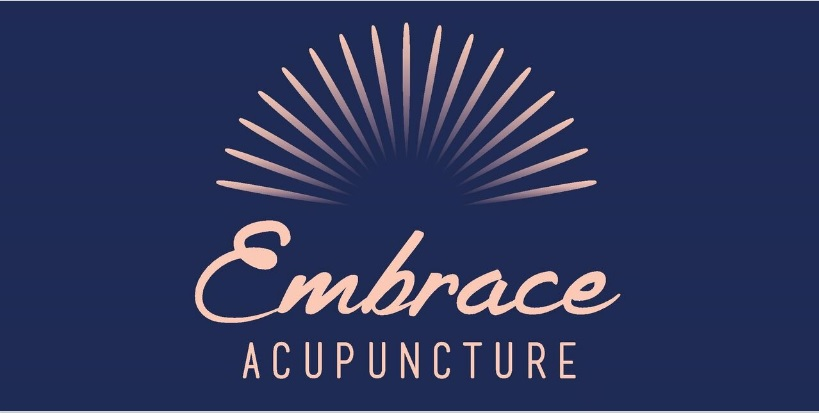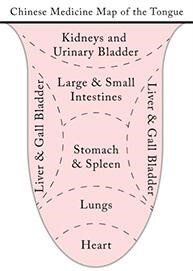Show me your tongue
In Chinese Medicine, we look at the signs that your body is telling us to help form part of our diagnosis and work out how best to treat your symptoms.
This is super cool as it means you get customised healthcare!
(see more about us and how we treat)
Chinese Medicine, which includes Acupuncture and Herbal Medicine, has been helping people long before blood tests, x-rays or ultrasounds were around.
This means we have other ways of knowing what’s going on inside the body, including looking at your tongue!
Sounds strange, hey!
Looking at your tongue is just one of the ways we diagnose and measure how your Acupuncture and herbal treatments are going.
Like your healthcare to be completely about you and where you’re at right now?
When something gets in the way of us being able to use tongue diagnosis (like, say, a global health pandemic for example), it can feel like we’re missing some key important clues in patient diagnosis.
It can also throw a spanner in the works bringing about a reassessment of our previous diagnosis, when it doesn’t fit the picture.
Unlike the pulse, the tongue doesn’t change as quickly or reflect recent past activities.
For example, if you have just ridden your bike to the clinic, your pulse will be faster than usual but your tongue will stay much the same.
On the flipside certain medications, lollies and coffee can change the look of the tongue quite dramatically.
Just as different pulse positions represent different organs in the body, different sections on the tongue do the same.
How its done and what we are looking for
Basically you just poke out your tongue (without making it too stiff) - all the way- while opening your mouth wide. You keep it like that for around 10 seconds.
The inspection is best performed in natural light or as close as you can get to that.
We look at the:
shape
size
colour
coating of the tongue
(including the underside of it)
Shape and Size
Yes! Tongues DO come in many shapes and sizes.
Commonly we see tongues that are large and swollen. The swelling often presents as teeth marks on the side of the tongue (this often indicates poor digestion!)
We also see tongues that have flat tips as well as pointy tips and tongues that are thin and small.
Colour
Tongue colours range from pale pink to deep dark red.
The colour is often indicative of the state of the blood. It also gives us clues as to how cold or warm the person is; how much Yin or Yang they have!
Coat
The coating or lack of coating on the tongue again varies significantly from person to person.
Some have thick white coats, some thin yellow and some none at all. The coating distribution is also important as each section of the tongue corresponds with a different organ.
A ‘Geographical tongue’ has patches of no coating that resemble countries on a map.
The ‘Normal’ Tongue
A good healthy tongue should be pale red and “fresh-looking”. It should be supple, not too flabby or stiff, and without cracks.
It should have a thin white coating with a slightly thicker coating at the back. It should also be slightly moist, not too dry or wet.
Check out your own tongue when you're next at the mirror and let us know what you see :)
Not sure what your tongue is trying to tell you?
Have a collection of seemingly unrelated symptoms?
Come see us!




